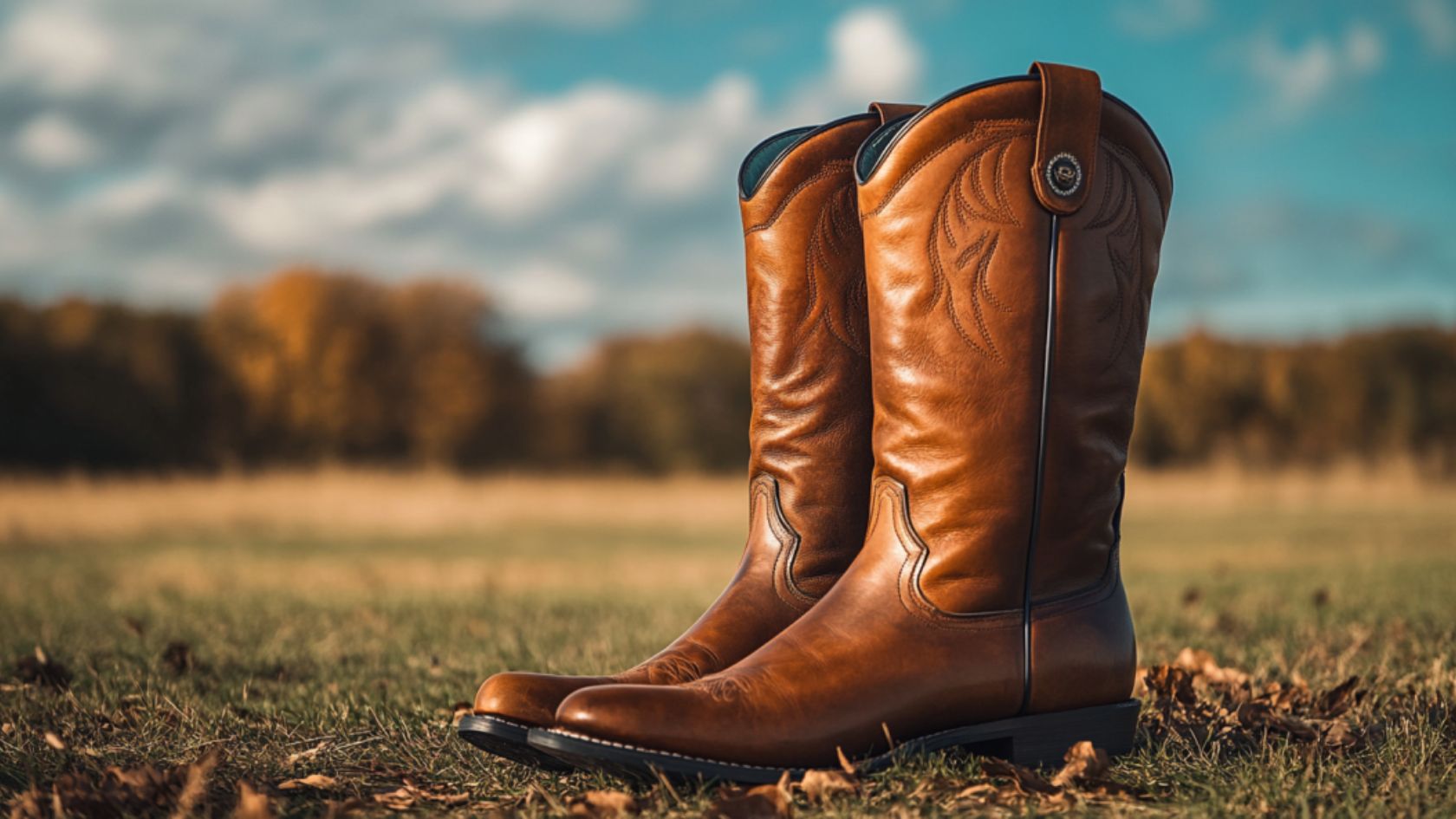Horse riding is not only a thrilling activity but also a sport that requires a high level of skill, balance, and safety precautions. While much of the conversation around equestrian safety focuses on helmets and protective gear, one critical piece of equipment often goes unnoticed: footwear. Proper riding boots aren’t just about completing the look; they’re essential for safety, comfort, and effective riding technique.
Proper footwear isn’t just a suggestion in horse riding—it’s necessary, and any seasoned rider or equestrian expert will attest to that. Experienced riders know that the right boots make a dramatic difference in safety and overall riding performance and control. Here’s a detailed look at why investing in the right footwear is essential for every horse rider.
1. Safety and Protection
Horse riding involves significant physical interaction with a large, powerful animal, and accidents, while infrequent, can happen. The British Horse Society (BHS) emphasizes the importance of wearing suitable footwear to ensure safety in equestrian activities. Proper footwear is essential and mandatory for safe riding practices. Proper riding boots are designed with safety in mind, offering:
- Thick Soles: They create a firm barrier that prevents the foot from slipping through the stirrup. Thin or flat soles, like those found on sneakers, can lead to foot entrapment in the event of a fall, increasing the risk of being dragged.
- Heel Support: Riding boots have a slight heel (around 1-1.5 inches) that helps keep your foot secure in the stirrup and provides better control.
- Foot and Ankle Protection: From accidental hoof strikes to environmental elements, riding boots protect your feet and ankles more than standard shoes. Durable materials and often reinforced toes help minimize injury risk.
2. Enhanced Control and Performance
Footwear designed for horse riding aids in better connection and communication with the horse. A sturdy, well-fitting boot can improve balance and control by keeping your foot securely in the stirrup. Proper positioning allows riders to:
- Maintain Better Posture: Good posture is essential for effective riding. Quality boots support your posture by allowing you to focus on the correct leg and foot placement, reducing fatigue and strain.
- Apply Proper Pressure: The structured design of riding boots allows riders to apply the right pressure for cues, allowing smoother, more nuanced communication with the horse. This helps reinforce desired behaviors and movements, building a stronger bond with the animal.
3. Durability and Longevity
Horse riding often occurs in rugged outdoor environments, where weather and terrain can be unpredictable. Riding boots are built with materials like leather and rubber that are both durable and water-resistant, ensuring they stand up to:
- Rough Terrain: Whether it’s muddy fields or rocky trails, riding boots are designed to withstand these conditions without compromising comfort or safety.
- Consistent Wear: Unlike casual shoes, riding boots are made to endure daily use in demanding environments. Quality boots can last years if cared for properly, making them a worthwhile investment for regular riders.
4. Comfort and Fit
Riding can be a long and physically demanding activity. Ill-fitting or uncomfortable footwear can lead to blisters, sores, or muscle fatigue, detracting from the enjoyment and efficacy of your riding experience. Proper riding boots offer:
- Ankle Support: This is particularly important for those who ride for extended periods. Good boots should offer enough flexibility for movement without sacrificing the support necessary for stable footing.
- Breathability: Many riding boots have breathable materials or built-in ventilation to keep your feet cool and dry. This added comfort is especially valuable during long rides.
- Personalized Fit Options: Some boots come with adjustable features such as zippers or laces, allowing riders to customize the fit and avoid pinching or rubbing.
5. Style and Tradition
Equine culture has a long-standing tradition of stylish, classic footwear that reflects the sport’s heritage and values. While aesthetics might seem secondary to function, the confidence from wearing boots designed specifically for riding can positively impact performance and overall experience.
Choosing the Right Pair
When selecting riding boots, consider material, intended use (e.g., show riding versus trail riding), and your comfort level. Leather boots, for example, offer a more traditional and polished look but may require maintenance to keep them supple. Synthetic options are often lighter and easier to clean, making them popular for beginners or casual riders.
Boots come in a variety of styles, each suited to different aspects of horse riding:
- Tall Boots (Dress, Field, or Hunt Boots): These boots provide maximum leg protection and support and are ideal for competitive riding.
- Paddock Boots: Often combined with half chaps, paddock boots are versatile and more comfortable for casual riding and stable work.
- Western Riding Boots: These boots, with a slightly higher heel and rugged design, are great for trail riding and other Western disciplines.
Proper footwear is crucial for any horse rider, from beginners to experienced equestrians. The right pair of riding boots can greatly enhance your control, safety, and comfort, allowing you to enjoy the experience of riding to its fullest. Investing in quality footwear shows respect for both the sport and the animal, helping you focus on building a rewarding relationship with your horse.





